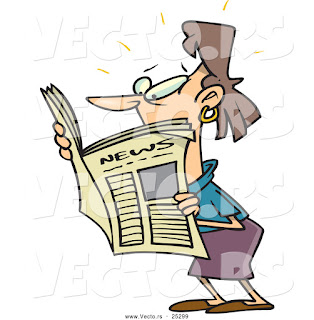SHANNON AND WEAVER MODEL OF COMMUNICATION (The Mathematical Theory of Communication)

Shannon and Weaver model of communication or Mathematical Theory of Communication (1949) has been the most important and influential stimulus for the development of other models and theories in communication. Shannon Weaver model of communication was created in 1949 when Claude Elwood Shannon wrote an article “A Mathematical Theory of Communication” in Bell System Technical Journal, with Warren Weaver. Shannon was an American mathematician whereas Weaver was scientist. The Mathematical theory later came to be known as Shannon Weaver model of communication or “ Mother of all Models ”. It is more technological than other linear models. A Schematic Diagram of Shannon’s General Communication System Concepts in Shannon Weaver Model Sender (Information source) _ Sender is the person who makes the message, chooses the channel and sends the message. Encoder (Transmitter) _ Encoder is the sender who uses machine, which converts message in signals or binary da...


